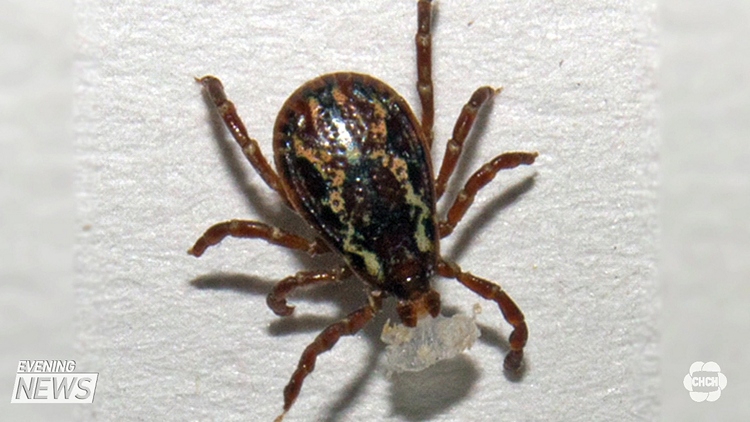
LATEST STORIES:


With warmer weather just around the corner, Public Health officials are warning that Hamilton has become a risk area for Lyme disease. This after an increasing number of the disease-causing ticks were found.
The black-legged or deer tick carries the bacteria that causes Lyme disease. While the more common American dog tick does not. Symptoms of Lyme disease include a bulls-eye mark on the skin, or flu-like symptoms and left untreated it can escalate to facial paralysis, arthritis, or short-term memory loss.
Because ticks can’t jump or fly, they’ll crawl up tall grass before transferring themselves onto you or your pet. So it’s a good idea to use a Deet or insecticide to prevent ticks from getting on you. It’s also recommended when you’re out to wear light clothing so you are able to see the ticks when they are on you. If one is found on your skin within 24 hours of attaching, it can be safely removed before its able to transmit the disease.
“Once its latches onto you, you can’t feel it, so you won’t know it’s there until you see it and then you should remove it as quickly as you can with tweezers.” John Burnett, Niagara region.
The Niagara region has also placed, Be Tick Smart signs near areas considered ‘high risk’ including, Wainfleet bog, Mud lake in Port Colborne and 12 Mile Creek trail in St. Catharines
If you encounter a black-legged tick, submit it to public health for testing and they’ll advise you on any next steps.